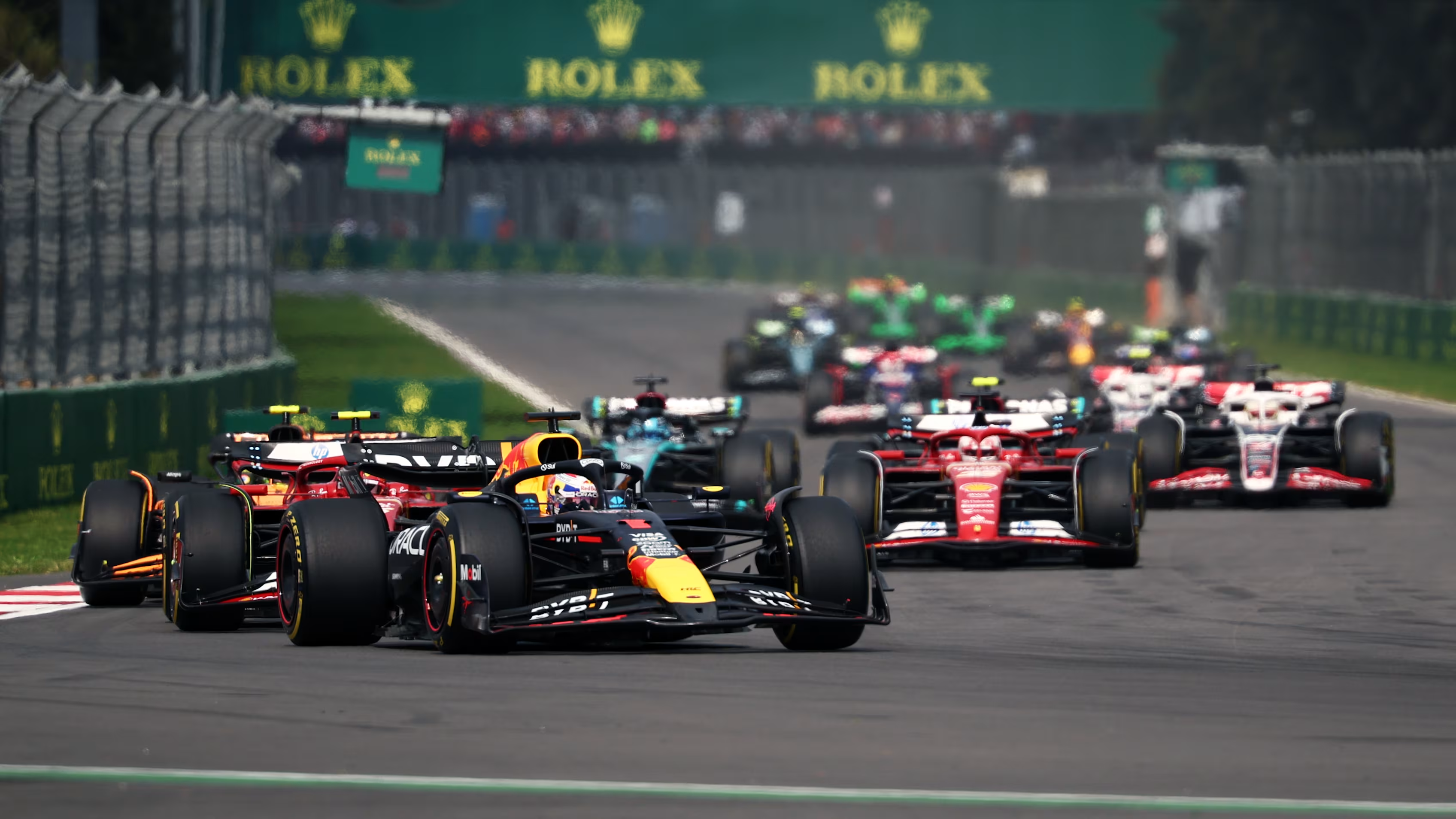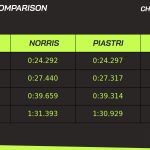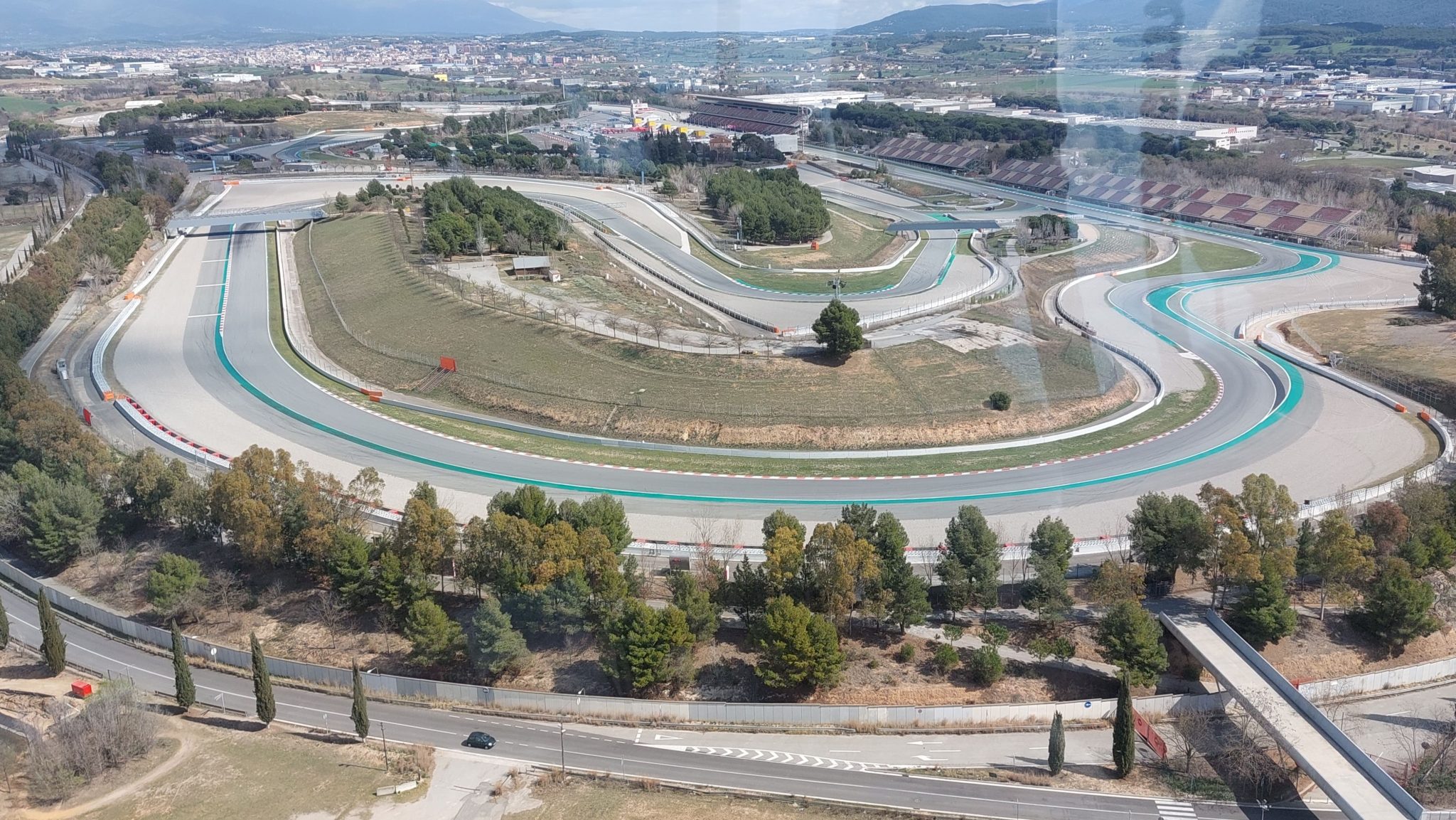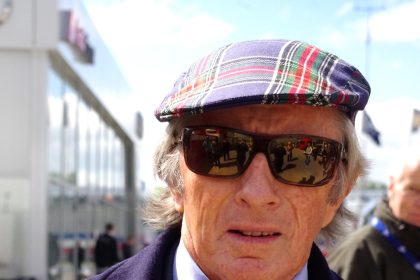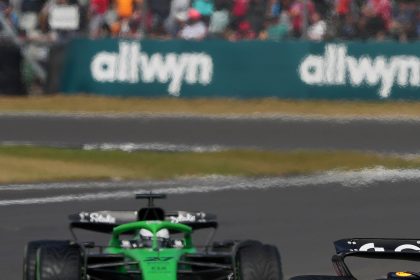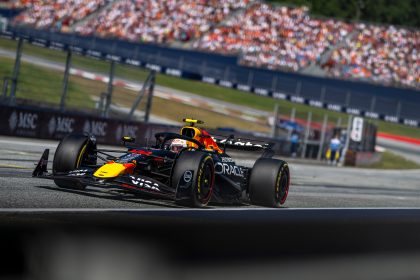Key to Mastering Circuit de Barcelona-Catalunya: Formula 1 Track Layout and Technical Challenges
The Spanish Crucible: More Than Just a Test Track
If you’ve ever wondered why the Circuit de Barcelona-Catalunya is the perennial darling of Formula 1 engineers and the recurring nightmare of drivers, you’re not alone. Since its debut in 1991, this Catalan marvel has been the sport’s de facto laboratory—a place where new cars are born, reputations are forged, and, occasionally, egos are shattered faster than a set of C3 softs on a hot afternoon.
- Key to Mastering Circuit de Barcelona-Catalunya: Formula 1 Track Layout and Technical Challenges
- The Spanish Crucible: More Than Just a Test Track
- The Layout: A Balanced Diet of Pain and Pleasure
- Turn 3: The Corner That Separates the Brave from the Merely Ambitious
- The Technical Gauntlet: Tyre Wear, Wind, and the Ghost of Chicanes Past
- Overtaking: The Eternal Struggle
- The Engineer’s Playground: Why Barcelona Still Matters
- The Human Element: Pressure, Precision, and the Occasional Meltdown
- The Numbers Don’t Lie: Pole Lap Benchmarks
- Final Thoughts: The Eternal Challenge
- Waste a bit more time
The circuit’s 4.675 kilometers (2.905 miles) of tarmac are a microcosm of everything that makes F1 both beautiful and brutal: high-speed sweepers, technical complexes, and a surface that chews through tyres like a lawyer through a loophole. It’s no coincidence that the phrase “If your car is quick in Barcelona, it’s quick everywhere” has become paddock gospel.
But what, exactly, is the key to mastering this track? Let’s take a stroll—preferably not during a Spanish heatwave—through the layout, the notorious corners, and the technical headaches that keep even the best awake at night.
The Layout: A Balanced Diet of Pain and Pleasure
Barcelona’s layout is a study in contrasts. The long main straight tempts you with overtaking opportunities, only to spit you into a sequence of corners that demand surgical precision. The track features 14 corners (down from 16 after the 2023 removal of the final chicane), and each one has its own personality—most of them unpleasant.
Sector 1 is all about commitment. You barrel down the straight, DRS wide open, before slamming the brakes for Turn 1 (Elf), a right-hander that’s tighter than a team principal’s purse strings. Get it wrong, and you’ll compromise Turn 2 and the infamous Turn 3 (Renault), a never-ending right-hander that exposes any aerodynamic weakness in your car.
Sector 2 is where the engineers earn their keep. Turns 4 (Repsol) and 5 (Seat) test traction and balance, while the uphill kink of Turn 9 (Campsa) is a litmus test for bravery and rear-end stability. If you’re not sweating by now, you’re either a robot or Fernando Alonso.
Sector 3, post-2023, is a return to the old-school: a flowing, high-speed run that rewards rhythm and punishes hesitation. The removal of the chicane has made the final corners faster, but also more treacherous. As Lando Norris put it after his 2024 pole lap:
The last sector now is all about confidence. You have to trust the car, and if you don’t, you’re losing tenths every lap.
Lando Norris, 2024 Spanish Grand Prix Qualifying
Watch a full qualifying lap breakdown on YouTube
Turn 3: The Corner That Separates the Brave from the Merely Ambitious
Let’s not mince words: Turn 3 is the stuff of legend and therapy bills. This long, sweeping right-hander is where downforce is king and understeer is your mortal enemy. In the turbo-hybrid era, it’s taken nearly flat out in qualifying, but only if your car’s aero is dialed in and your tyres haven’t already cried uncle.
Historically, this corner has been the undoing of many a promising lap—and, occasionally, a promising career. Jean Alesi, for example, was once tipped as the next big thing until Turn 3 and its ilk exposed his tendency to overdrive. As I’ve said before: “Yes, he’s fast. So was Jean Alesi. Look how that turned out.”
The secret? A delicate blend of throttle modulation and steering input, with just enough faith in your rear tyres to avoid a trip through the gravel. As Max Verstappen succinctly put it after his 2023 victory:
If you get Turn 3 wrong, you’re fighting the car all the way to Turn 9. It’s a chain reaction.
Max Verstappen, 2023 Spanish Grand Prix Winner
See the latest Instagram highlights from the Spanish GP
The Technical Gauntlet: Tyre Wear, Wind, and the Ghost of Chicanes Past
Barcelona is notorious for its abrasive surface and relentless tyre degradation. Pirelli, never one to miss an opportunity for drama, routinely brings its hardest compounds to Spain. Even so, managing tyre wear is a dark art. The long, loaded corners—especially Turns 3 and 9—generate immense lateral forces, turning even the best tyres into expensive confetti.
But tyres are only half the story. The circuit’s location means wind direction can change faster than a team’s PR narrative. A tailwind on the main straight becomes a headwind into Turn 1, gifting you extra downforce—until it shifts mid-session and leaves you guessing. As Steve Matchett once quipped in The Mechanic’s Tale, “Barcelona is where you find out if your car is a diva or a workhorse.”
The removal of the final chicane in 2023 was met with mixed reactions. Purists rejoiced at the return of the fast, flowing final sector, while engineers quietly wept into their spreadsheets. The new layout demands even more from the rear tyres and has made the run onto the main straight a genuine overtaking opportunity—provided you’ve managed to keep your tyres alive.
Read the full 2023 F1 Spanish Grand Prix preview
Overtaking: The Eternal Struggle
For years, Barcelona was derided as a “processional” circuit—overtaking was as rare as a Ferrari strategy masterstroke. The long main straight and DRS zone into Turn 1 offer hope, but the reality is more nuanced. To pass here, you need a car with superior traction out of the final corner, a slipstream, and the nerve to brake later than your rival without locking up.
The 2023 layout changes have improved matters, but this is still a track where qualifying is king and racecraft is an exercise in patience. As Fernando Alonso, ever the philosopher, remarked:
Overtaking here is possible, but you have to be perfect. One mistake and you’re stuck.
Fernando Alonso, 2024 Spanish Grand Prix
The Engineer’s Playground: Why Barcelona Still Matters
Despite the grumbling, Barcelona remains the ultimate test of car and driver. Its mix of corner types, elevation changes, and surface abrasiveness make it the perfect barometer for performance. It’s no accident that every major team brings upgrades to Spain—if your new front wing works here, it’ll work anywhere.
The circuit’s role as a pre-season testing venue has only cemented its reputation. Teams arrive with data from thousands of laps, yet the track still manages to spring surprises. As Ross Brawn wrote in Total Competition, “Barcelona is where you separate the contenders from the pretenders.”
Read a detailed track guide and setup advice
The Human Element: Pressure, Precision, and the Occasional Meltdown
For drivers, Barcelona is a psychological test as much as a physical one. The relentless sequence of corners, the constant tyre management, and the ever-present threat of wind or rain mean that laps here are never routine. One lapse in concentration, and your weekend is over.
It’s also a place where young drivers can make a name for themselves—or find themselves on the next flight home. The F4 Spanish Championship, which concludes its season here, is a case in point. As the official F4 site noted in November 2024:
The Circuit de Barcelona-Catalunya offers an experience that is both challenging and rewarding, making it the ideal venue to conclude the F4 Spanish Championship. The track’s unique layout, strategic overtaking zones, and high standards of safety and sustainability create an environment where aspiring champions can shine.
F4 Spanish Championship, 2024 Season Review
Read the F4 Spanish Championship finale feature
The Numbers Don’t Lie: Pole Lap Benchmarks
If you want to understand just how much the circuit has evolved, look at the pole lap times:
- 2024: Lando Norris – 1:11.383
- 2023: Max Verstappen – 1:12.272
- 2022: Charles Leclerc – 1:18.750
- 2021: Lewis Hamilton – 1:16.741
- 2020: Lewis Hamilton – 1:15.584
The drop in lap times post-chicane removal is stark—a testament to both the speed of modern F1 machinery and the relentless pursuit of performance.
Final Thoughts: The Eternal Challenge
Mastering Circuit de Barcelona-Catalunya is about more than just nailing a setup or memorizing braking points. It’s about understanding the ebb and flow of a circuit that rewards intelligence, punishes arrogance, and never, ever gives up its secrets easily.
So, next time you hear a driver or engineer talk about “good balance in Barcelona,” remember: it’s not just about the car. It’s about surviving the Spanish crucible with your dignity—and your tyres—intact.



